Birth name Jimmie Blanton Years active 1936–1942 | Occupation(s) Double bassist Name Jimmy Blanton Instruments Double bass, Violin Role Bassist | |
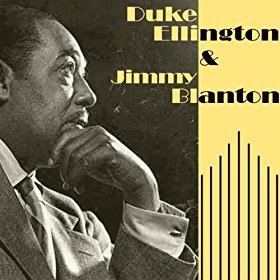 | ||
Died July 30, 1942, Los Angeles, California, United States Albums Hodge Podge: The 1938-1939 Vocalion Recordings Music group Duke Ellington & His Orchestra (1939 – 1941) Similar People Duke Ellington, Tricky Sam Nanton, Sonny Greer, Harry Carney, Ben Webster | ||
Rare jimmy blanton bass solo sepia panorama duke ellington
James Blanton (October 5, 1918 – July 30, 1942) was an American jazz double bassist. Blanton is credited with being the originator of more complex pizzicato and arco bass solos in a jazz context than previous bassists.
Contents
- Rare jimmy blanton bass solo sepia panorama duke ellington
- Duke ellington and jimmy blanton mr j b blues
- Early life
- Later life and career
- Playing style and influence
- References
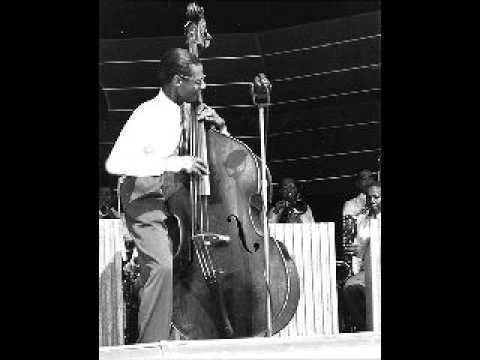
Duke ellington and jimmy blanton mr j b blues
Early life
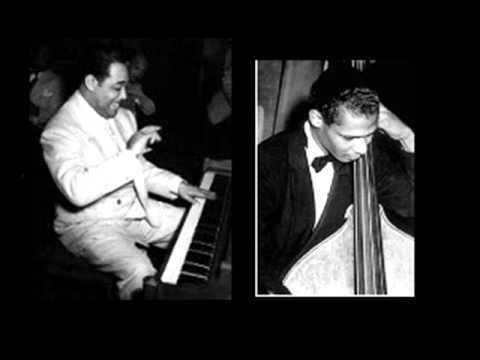
Blanton was born in Chattanooga, Tennessee. He originally learned to play the violin, but took up the bass while at Tennessee State University, performing with the Tennessee State Collegians from 1936 to 1937, and during the vacations with Fate Marable.
Later life and career
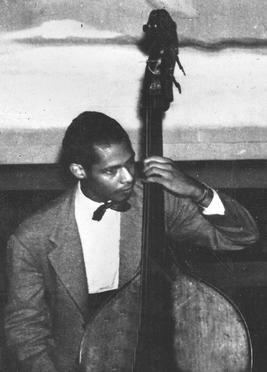
Blanton left university in 1938 to play full-time in St Louis with the Jeter-Pillars Orchestra. Blanton joined Duke Ellington's band in 1939. On November 22 of that year, Blanton and Ellington recorded two tracks – "Blues" and "Plucked Again" – which were the first commercially recorded piano–bass duets. Further duet recordings were made in 1940, and Blanton was also featured in orchestra tracks. "Blanton also took part in a few of the informal jam sessions at Minton's Playhouse in New York that contributed to the genesis of the bop style." He had to leave Ellington's band near the end of 1941, because of poor health.
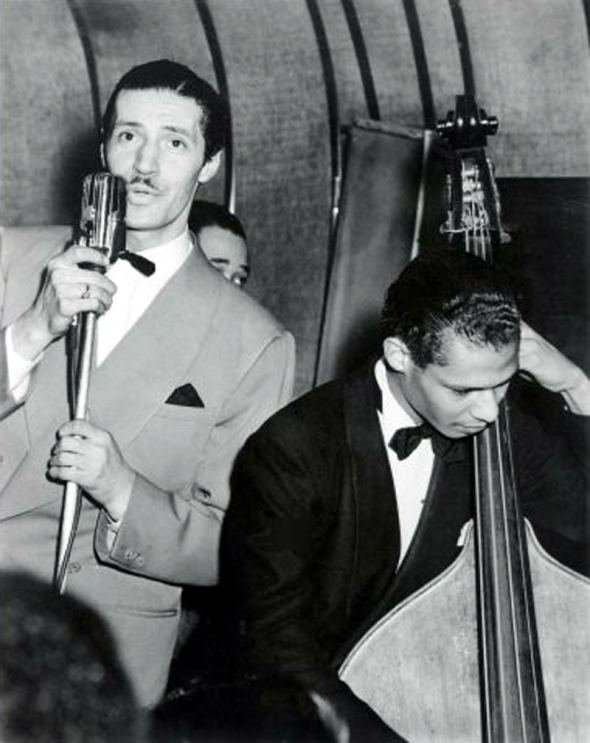
Ellington put Blanton front-and-center on the bandstand nightly, unheard of for a bassist at the time. Such was his importance to Ellington's band at the time, together with tenor saxophonist Ben Webster, that it became known as the Blanton–Webster band. Blanton also played in the "small group" sessions led by Barney Bigard, Rex Stewart, Johnny Hodges, and Cootie Williams in 1940-41.
In 1941, Blanton was diagnosed with tuberculosis. His last recording session was cut on September 26, 1941 in Hollywood. Blanton died on July 30, 1942, at a sanatorium in Duarte, California, aged 23.
Playing style and influence
When with the Jeter-Pillars Orchestra, Blanton added classical music pizzicato and arco techniques to jazz bass, making it into more of a solo instrument. When with Ellington, Blanton revolutionized the way the double bass was used in jazz. His virtuosity put him in a different class from his predecessors, making him the first master of the jazz bass and demonstrating its potential as a solo instrument. "He possessed great dexterity and range, roundness of tone, accurate intonation, and above all an unprecedented sense of swing." He added "many non-harmonic passing notes in his accompaniment lines, giving them a contrapuntal flavour and stimulating soloists to their own harmonic explorations." His originality was developed by others into the foundations of the bebop rhythm section. His importance was such that, "until the advent of the styles of Scott LaFaro and Charlie Haden in the 1960s all modern bass players drew on his innovations."
Previously the double bass was rarely used to play anything but quarter notes in ensemble or solos but by soloing on the bass more in a 'horn like' fashion, Blanton began sliding into eighth- and sixteenth-note runs, introducing melodic and harmonic ideas that were totally new to jazz bass playing.
